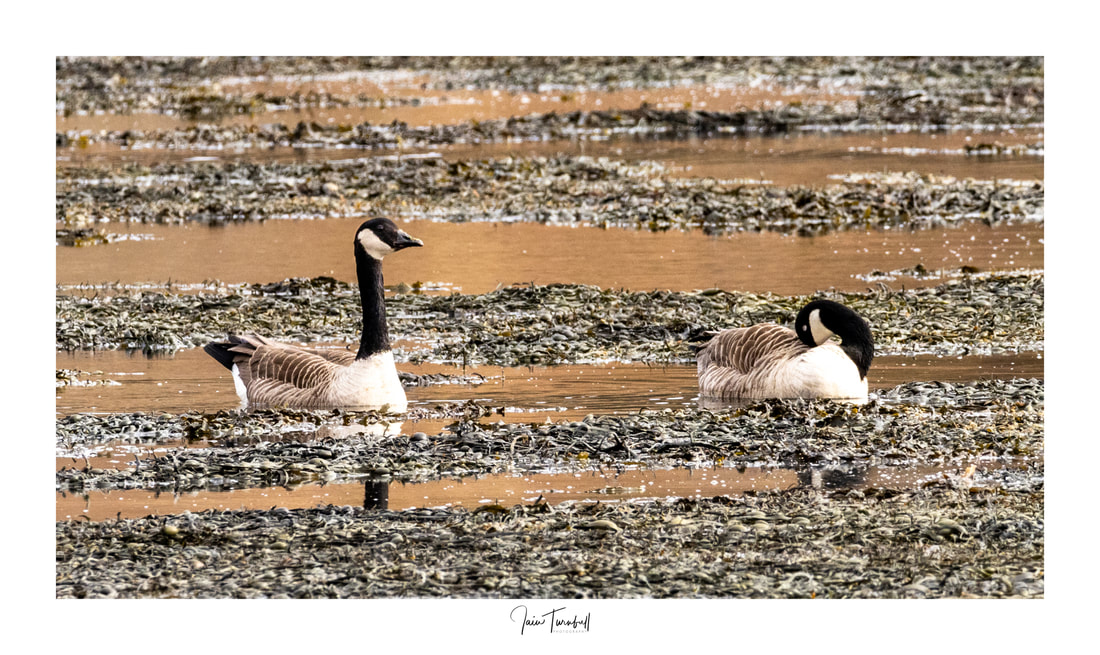|
I recently took the decision to switch camera brands, moving from my tursted Canon to Olympus, specifically from full frame to micro 4/3 format. The reason for this is pretty obvious, and I know I am not the only person doing this, and is all down to weight. I was getting fed up carrying a massive heavy backpack of kit around, especially when trying to do wildlife photography. This post features some of my first images shot on the Olympus OM-D E-M1 Mark III camera over the last few days. There have been a good few geese about and while they are not necessarily the most exciting species to capture, they do provide good subjects for practicing your field craft. The first couple of shots (above and below) are of greylag geese, feeding on croft land at Plockton. Shot with my new Olympus M. Zuiko 300mm f/4 Pro IS lens I have to say I am very pleased with the results. Very sharp images and very fast auto-focus. This format has a small sensor, half the size of the full frame Canon, so the 300mm lens equates with a 600mm lens on the full frame system. This lens is roughly half the size and weight and has a wider aperture so is faster in low light - all good benefits for wildlife shooting. The downside is the smaller sensor has lower resolution, only 20.4 megapixels compared to 30.4 on the Canon 5D Mark IV, but these days the sensors are so good that this is plenty of detail for my needs. The next few shots are of Canada Geese captured at Kirkton Bay two days ago. These are migratory birds in passage, heading north for the summer, unlike the Greylags that are more likely to be resident breeding birds. We don't see many of these Canada geese here so it was lovely to get this opportunity to add them to my portfolio of bird species. These shots were taken with the same 300mm lens but with the 1.4x teleconverter added, providing a total focal length of 420mm (840mm equivalent on Full Frame). I was not sure how the teleconverter would perform, as it reduces the maximum aperture by one stop to f/5.6, and can slow down the auto-focus and reduce the image sharpness. However, on the basis of these shots, I have to say I am very impressed with its performance and see myself using it a lot. My final shot was grabbed as a pair of Greylags took flight, again at Kirkton. I love the black and white tail feathers, and wanted to try and capture them in flight. This was a proper test of the auto-focus performance of the Olympus system, and white it is not 100% sharp, I think the result was excellent.
0 Comments
|
AuthorI am an amateur photographer who is also a Chartered Geographer with his own part-time consultancy business and I work as an estate manager for a national conservation charity in Scotland. I am based in Lochalsh, Wester Ross, Scotland, just next to the Isle of Skye. SalesIf you like my photos and are interested in purchasing prints, whether framed, mounted or otherwise please click here.
Archives
April 2024
Categories |












 RSS Feed
RSS Feed